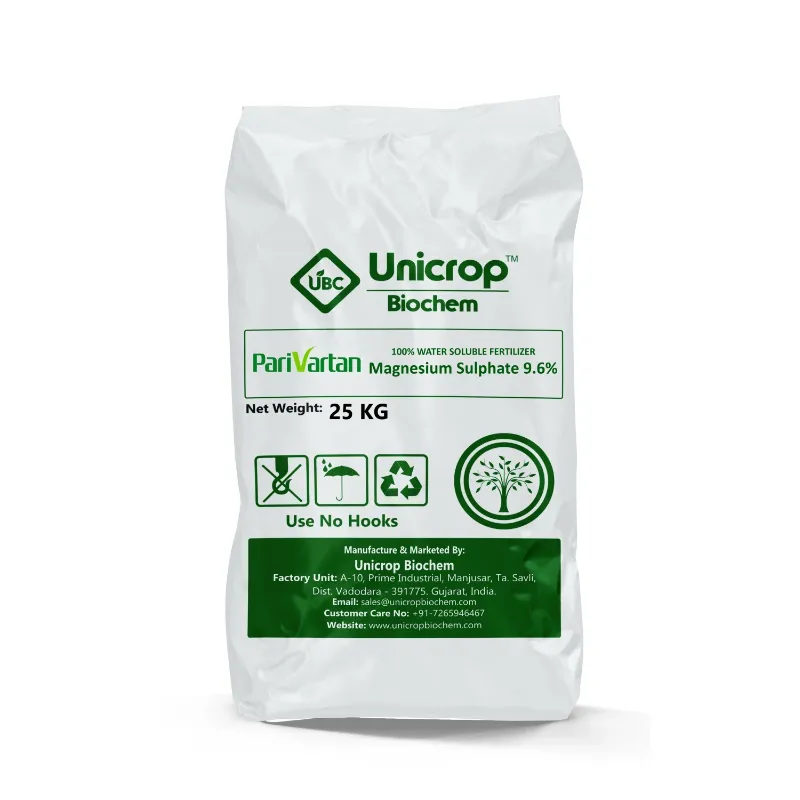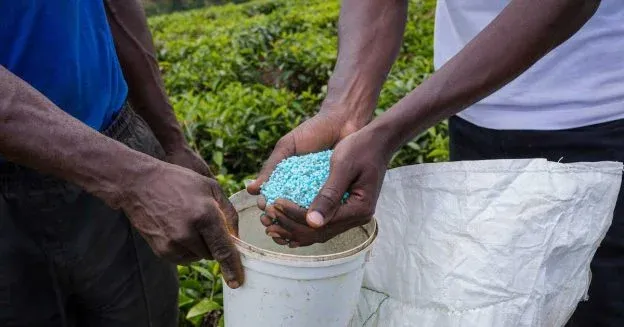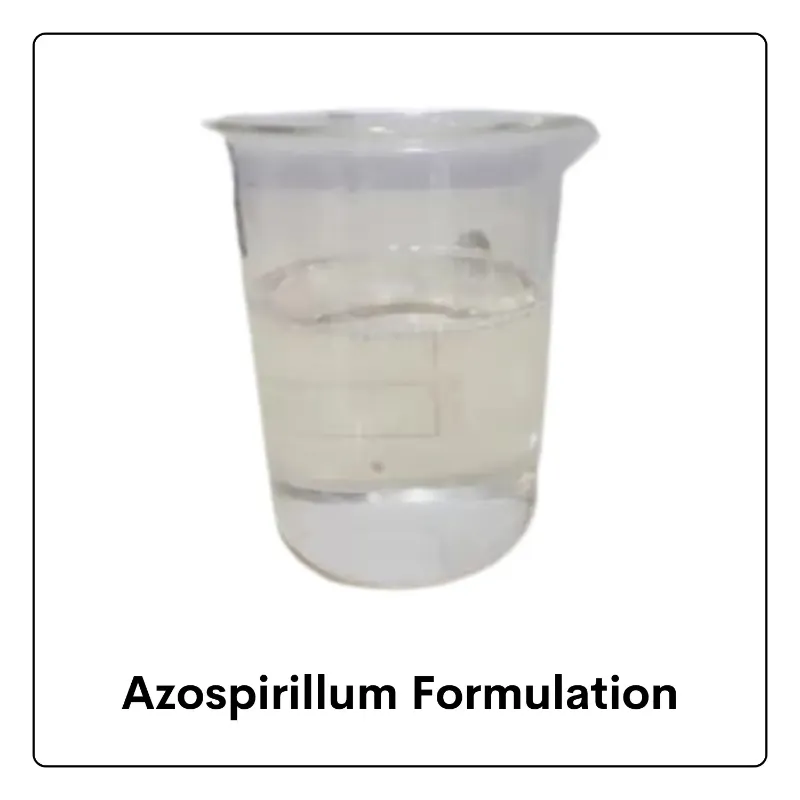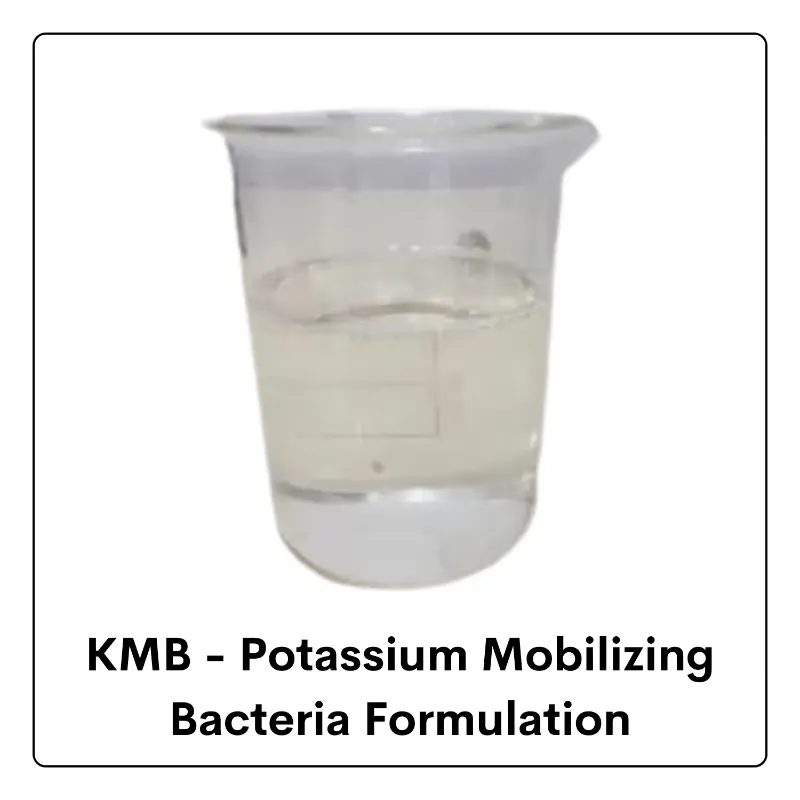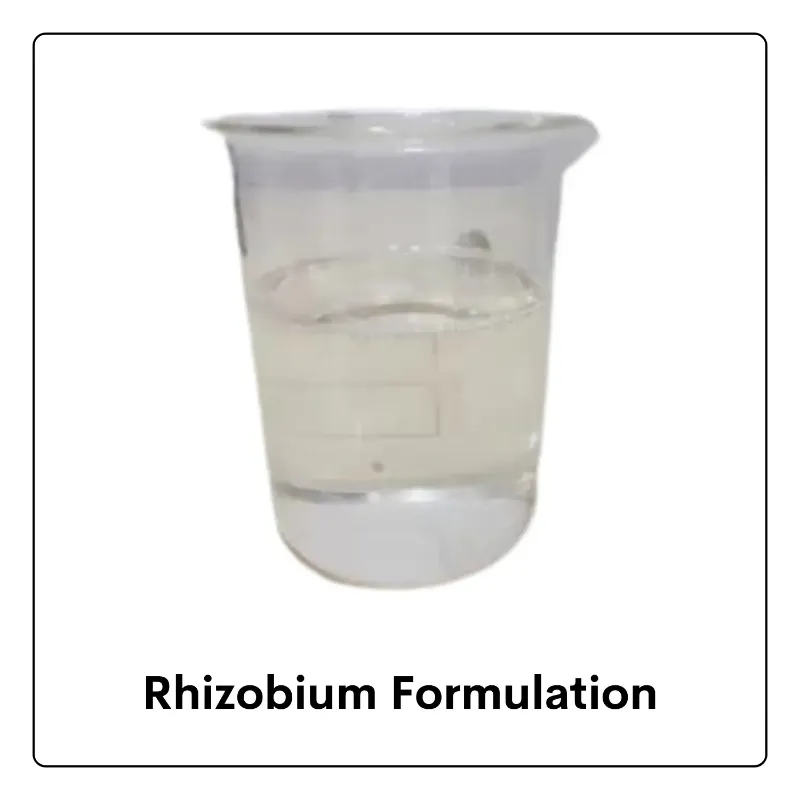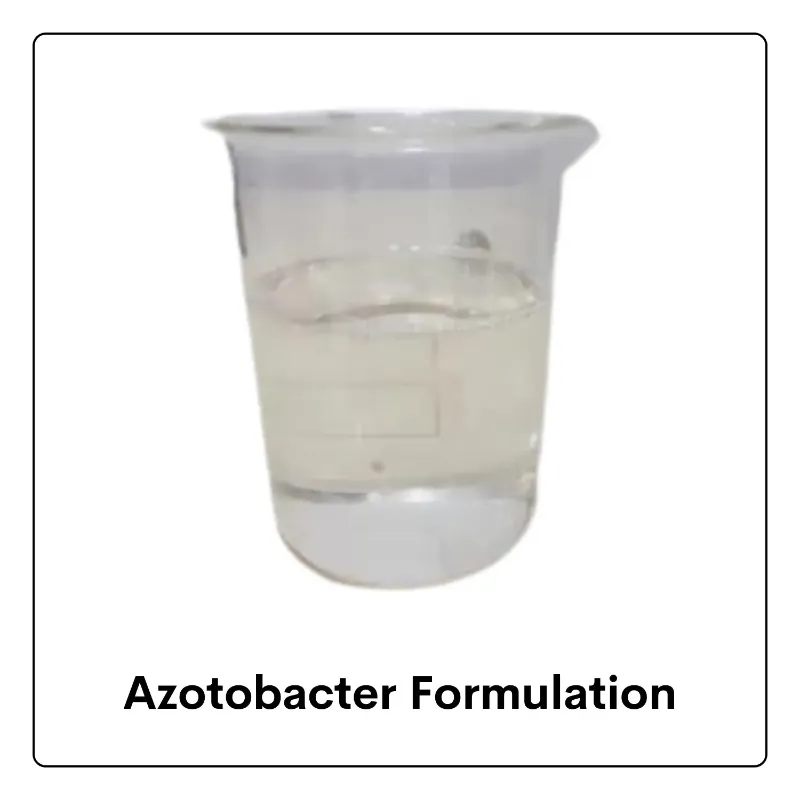Effective fertilizer management is essential for maximizing crop yields while minimizing environmental impact. Farmers must adapt their fertilizer practices to local conditions, taking into account factors such as soil properties, climate, crop requirements, and regulatory guidelines. In this blog post, we’ll explore how farmers can tailor their fertilizer practices to local conditions to optimize nutrient use efficiency and promote sustainable agriculture.
Soil Testing:
Soil testing is a fundamental step in adapting fertilizer practices to local conditions. By analyzing soil samples, farmers can assess key soil properties such as pH, organic matter content, nutrient levels, and texture. Soil test results provide valuable information about soil fertility status and nutrient availability, guiding fertilizer selection and application rates. Based on soil test recommendations, farmers can adjust their fertilizer practices to meet the specific nutrient needs of their crops and optimize nutrient use efficiency.
Climate Considerations:
Climate plays a significant role in determining crop growth patterns, nutrient cycling processes, and fertilizer requirements. Farmers must consider local climatic conditions such as temperature, precipitation, and evapotranspiration rates when making fertilizer decisions. In regions with high rainfall or leaching potential, for example, farmers may need to adjust their fertilizer application rates to account for nutrient losses through leaching or runoff. Similarly, in arid or semi-arid regions, farmers may adopt water-efficient fertilizer application methods to minimize nutrient losses and maximize crop uptake.
Crop-Specific Requirements:
Different crops have varying nutrient requirements at different growth stages, necessitating tailored fertilizer practices. Farmers should consider the nutrient needs of specific crops grown in their region and adjust fertilizer applications accordingly. For example, nitrogen-demanding crops like corn may require additional nitrogen fertilization during periods of rapid growth, while leguminous crops can benefit from inoculation with nitrogen-fixing bacteria to reduce nitrogen fertilizer requirements. By aligning fertilizer practices with crop-specific nutrient requirements, farmers can optimize nutrient uptake and minimize fertilizer wastage.
Sustainable Nutrient Management:
Adopting sustainable nutrient management practices is essential for minimizing environmental impact and promoting long-term soil fertility. Farmers can implement practices such as cover cropping, crop rotation, and organic soil amendments to improve soil health, enhance nutrient cycling, and reduce reliance on synthetic fertilizers. Integrating organic matter into the soil through practices like composting or manure application can enhance soil structure, water retention, and nutrient availability, reducing the need for synthetic fertilizers and promoting sustainable nutrient management.
Regulatory Compliance:
Farmers must also adhere to local regulations and guidelines governing fertilizer use to protect environmental resources and ensure compliance with legal requirements. Regulatory agencies may impose restrictions on fertilizer application rates, nutrient content, and application timing to minimize nutrient runoff, water pollution, and greenhouse gas emissions. By staying informed about regulatory requirements and adopting best management practices for fertilizer use, farmers can minimize environmental impact and promote sustainable agricultural practices.
Conclusion:
Adapting fertilizer practices to local conditions is essential for optimizing nutrient use efficiency, maximizing crop yields, and promoting sustainable agriculture. By considering factors such as soil properties, climate, crop requirements, and regulatory guidelines, farmers can tailor their fertilizer practices to meet the specific needs of their agricultural systems while minimizing environmental impact. Continued education, research, and collaboration among farmers, agronomists, and regulatory agencies are essential for promoting responsible fertilizer management and ensuring the long-term sustainability of agriculture.
